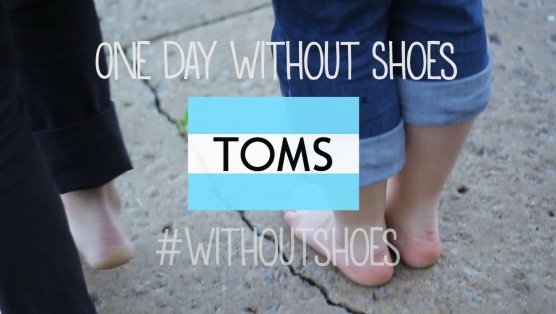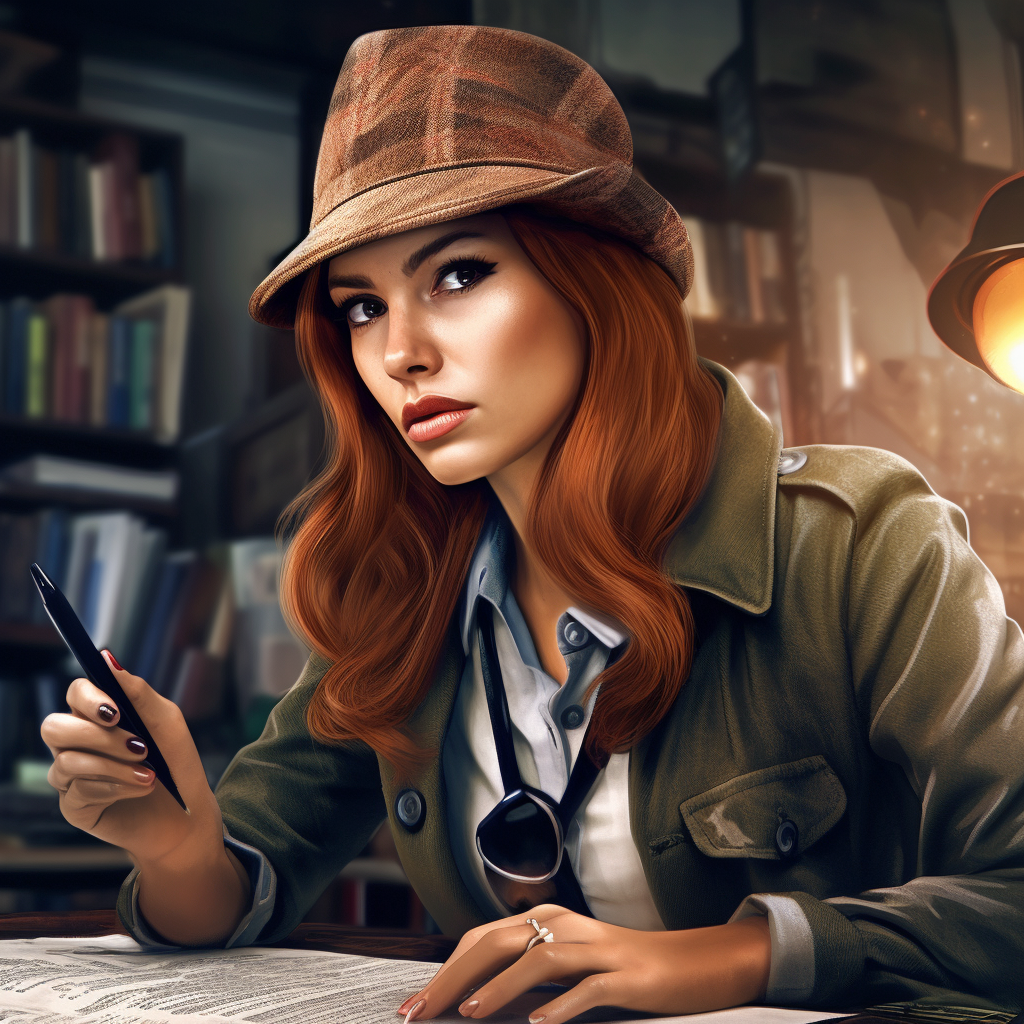Social media has fundamentally changed marketing. No longer is it just about creating advertisements and buying media space. Modern marketing is about engaging audiences in an ongoing conversation and creating impactful brand narratives that get people invested in your brand.
This allows consumers to form meaningful connections with products and services. Ultimately, the goal is to build communities of brand loyalists who become advocates. They’ll share content, give recommendations, and continue fueling positive narratives about your company.

Crafting these narratives, however, is both an art and a science. It requires understanding modern audiences and what motivates them. You also need creativity to produce stories and messaging that break through the noise.
This guide will walk through essential strategies for social media storytelling. We’ll cover:
- Key principles for creating compelling brand narratives
- Optimizing content for different platforms and audiences
- Tools for identifying impactful messaging
- Integrating user-generated content (UGC)
- Monitoring performance and adjusting approaches
Equipped with these skills, you can turn social followers into brand evangelists through the power of narrative.
Principles for Creating Impactful Brand Narratives
Strong brand narratives don’t materialize overnight. They require deep audience understanding coupled with consistent messaging. Often it means stepping outside sales pitches and making emotional connections.
Here are core principles to consider:
Lead With Purpose
Today’s consumers, especially younger demographics, actively support brands that align with their values. Companies like TOMS and Everlane build messaging around social/environmental commitments.
Highlight causes your brand supports and weave them into narratives. When audiences connect with these purposes, they’ll share content bolstering your messaging.

Spotlight People Over Products
Viewers have endless options for entertainment and product information. What engages them is storytelling focusing on people rather than sales pitches.
For example, Dove’s “Real Beauty” campaign features interviews with inspiring women rather than product shots. This attracts large, invested audiences.

Embrace Authenticity
Brands obsess over polished messaging and images. But audiences often better relate to authentic, “behind-the-scenes” glimpses. Show real employees, customers, partners, etc. Highlight their stories and connections with your brand.
Encourage Interactivity
The days of one-way brand messaging are fading. Strategic narratives invite engagement and dialogue. Ask followers questions, request user-generated content (UGC), etc. This builds reciprocity where audiences feel invested.
Mastering these principles separates great brand narratives from promotional noise audiences tune out. They provide frameworks for creative storytelling that converts followers into evangelists.

Optimizing Content Across Social Platforms
One social media narrative won’t fit every platform and audience. Strategic brands tailor messaging and content specifically for each channel.
Consider these factors when optimizing posts:
Objective
What response do you want from each post? Is it to drive site traffic, increase follows/shares, get reviews, etc.? Establish a clear call-to-action.
Audience
Determine whom you’re targeting on each platform. Is it existing customers or new ones? What content best aligns with their interests?
Format
Play to the channel’s strengths. For example, visual platforms like Instagram favor eye-catching images and video over text.
Engagement
Review analytics to see what posts spur the most interaction. Double down on those narrative elements/themes most resonating.
Here are additional optimization tips for major platforms:
Great for driving website clicks with informative links. Test different headlines/copy lengths to determine the ideal text. Keep videos under two minutes.
The quintessential platform for visually compelling narratives. Use clean, consistent filters/effects. Add location tags and relevant hashtags in captions to increase discoverability. Post Stories frequently.
Ideal for up-to-the-minute brand updates, commentary surrounding events, etc. Write clear, concise captions for fast-scrolling feeds. Reply to follower questions and re-share user content.
YouTube
Home to the longest, most in-depth video narratives. Optimize titles and descriptions for SEO keywords. Promote videos across other social channels to maximize viewership.
The needs of a LinkedIn business audience, for example, vary greatly from a TikTok one. Establish clear guidelines for each platform to stay strategically aligned while still resonating with respective communities.
Tools for Identifying Impactful Messaging
How can busy social media managers determine what content performs best? Advanced analytics provide the answers. Here are crucial tools for optimizing brand narratives:
Facebook/Instagram Insights
These built-in analytics measure views, engagement, follows/unfollows, traffic sources, and more. Analyze trends over set time frames. Filter by post type, device, age groups and other factors to see what resonates most.
Sprout Social
This platform tracks hashtag performance, competitor messaging, and audience sentiment. It also makes reports on optimal posting times, top-engaged content, etc., actionable through suggested schedules, recommended hashtags, and AI writing tools.
BuzzSumo
Input any topic/keyword, and BuzzSumo returns top-performing content around it from any site/social platform. This reveals what narrative elements encourage shares and links. Use these learnings to craft posts sure to engage.
Keyhole
Keyhole tracks hashtags and keywords in real time. So if a topic starts trending, you can instantly create aligned narratives. Also, analyze audience demographics/interests to refine targeting.
Leverage these and other analytics tools to continually test brand narratives. By mastering social listening through data, you’ll know what content and messaging to produce for maximum impact.
Integrating User-Generated Content
User-generated content (UGC) greatly strengthens brand narratives by making them collaborative. Strategically incorporating UGC shows you’re listening to audiences while keeping messaging authentic.
UGC to leverage includes:
Consumer Photos/Videos
Platforms like CrowdRiff or Photoslurp make it easy to discover and re-share visual UGC. Hashtag campaigns inviting audience participation also work amazingly well (see below).
Ratings/Reviews
Positive reviews shared as social testimonials build brand credibility. Negative ones, when responded to professionally, show you truly care.
Questions/Comments
Reply to follower questions and comments with either helpful answers, additional tips, or appreciation for engaging. This nurtures community.
Hashtag Campaigns
Launch a custom hashtag campaign asking audiences to share their own branded content. Example: Ledger’s #MyLedger protected me and allowed users to explain how their products provided security.
Repurposing UGC takes pressure off continually creating “professional” content. More importantly, it fosters an authentic dialogue where audiences do some narrative-building for you.
Monitoring Performance and Adjusting Approaches
An advantage of social media over traditional ads is everything’s trackable. But, optimizing performance requires diligently monitoring analytics and being unafraid to shift gears.
Ongoing best practices for maximizing brand narratives include:
Establish Benchmarks
Track baseline engagement levels, sales impact, web traffic bumps, and follower growth. Compare future efforts to these benchmarks to identify what content/messaging moves the needle.
Review Reporting Frequently
Don’t just look at analytics once a month. Check key indicators—likes, clicks, conversions, etc.—multiple times a week. This allows for spotting trends sooner.
Ask for Audience Feedback
Social platforms make it easy to poll followers on what they’d like to see more of. Take these requests into account when planning future narratives.
Test Messaging Variations
Try slightly different narratives, visuals, caption styles, etc. and track performance. Small tweaks can have big results.
Cut Low Performers
Just because you spent lots of time crafting a narrative doesn’t mean it’ll resonate. Be willing to pull back on themes/content not getting engagement.
Social brand storytelling is constantly evolving based on audience tastes and platform algorithms. Monitor analytics, run experiments, and keep narratives fresh. Greater impact lies ahead.
Conclusion
Social media presents unprecedented opportunities for brands to directly engage global audiences. But cutting through endless noise requires strategic, continually optimized messaging that gets people invested.
Master principles like showcasing authentic stories over selling products. Tailor narratives across different platforms based on audience interests and post formats. Use analytics tools to refine targeting and increase resonance. And don’t be afraid to take creative risks or embrace user-generated content.
By putting audience needs and responses first, your brand’s social media narratives will capture attention and drive real impact. The customers you engage become the advocates spreading memorable narratives about your company far into the future.






